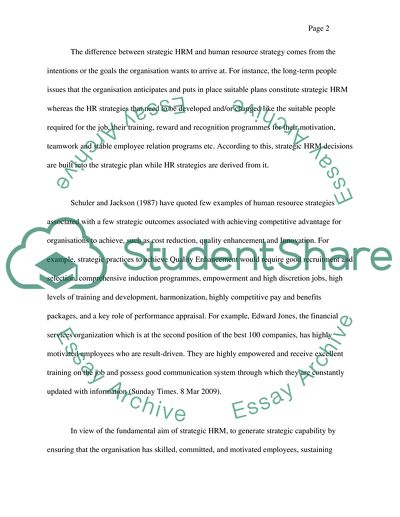Cite this document
(Strategic Human Resources Management Assignment - 1, n.d.)
Strategic Human Resources Management Assignment - 1. Retrieved from https://studentshare.org/human-resources/1723717-strategic-human-resources-management
Strategic Human Resources Management Assignment - 1. Retrieved from https://studentshare.org/human-resources/1723717-strategic-human-resources-management
(Strategic Human Resources Management Assignment - 1)
Strategic Human Resources Management Assignment - 1. https://studentshare.org/human-resources/1723717-strategic-human-resources-management.
Strategic Human Resources Management Assignment - 1. https://studentshare.org/human-resources/1723717-strategic-human-resources-management.
“Strategic Human Resources Management Assignment - 1”, n.d. https://studentshare.org/human-resources/1723717-strategic-human-resources-management.


